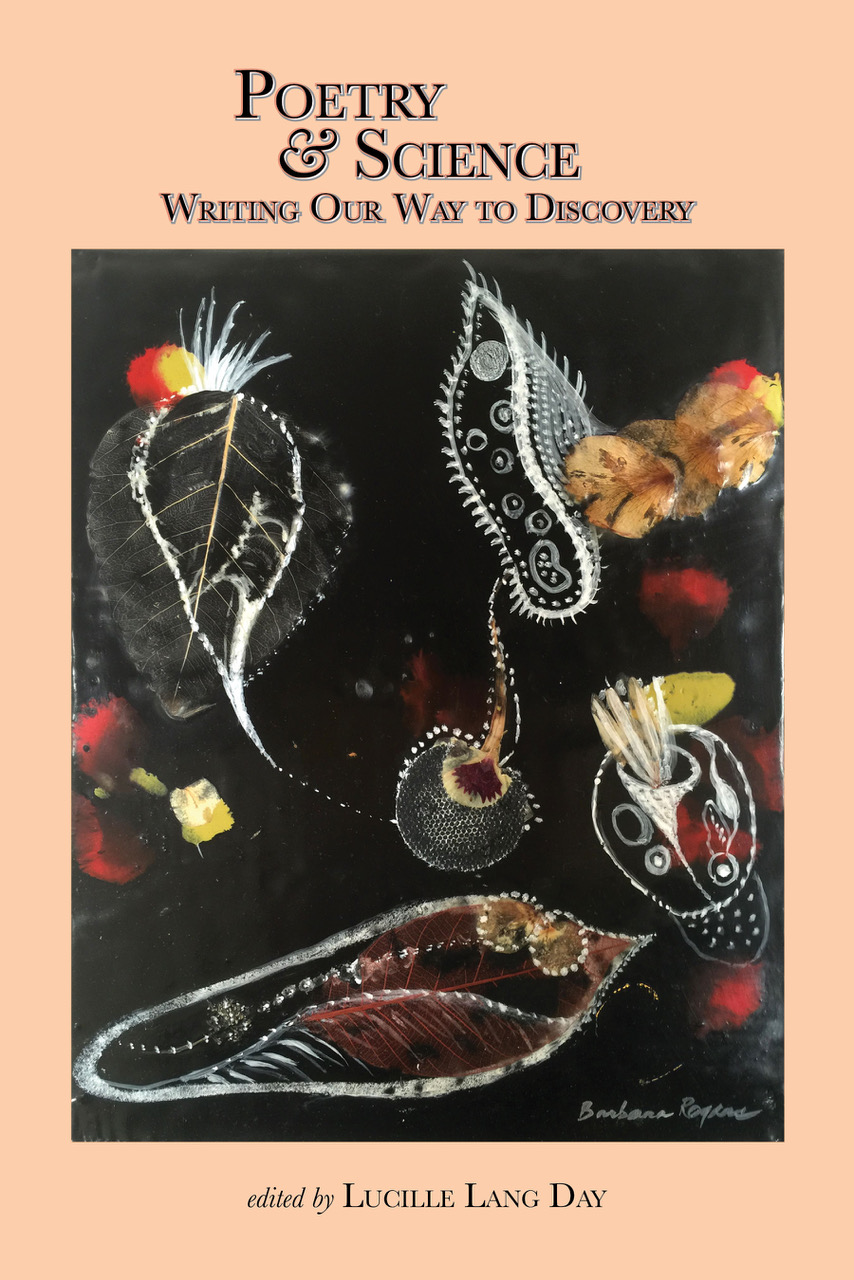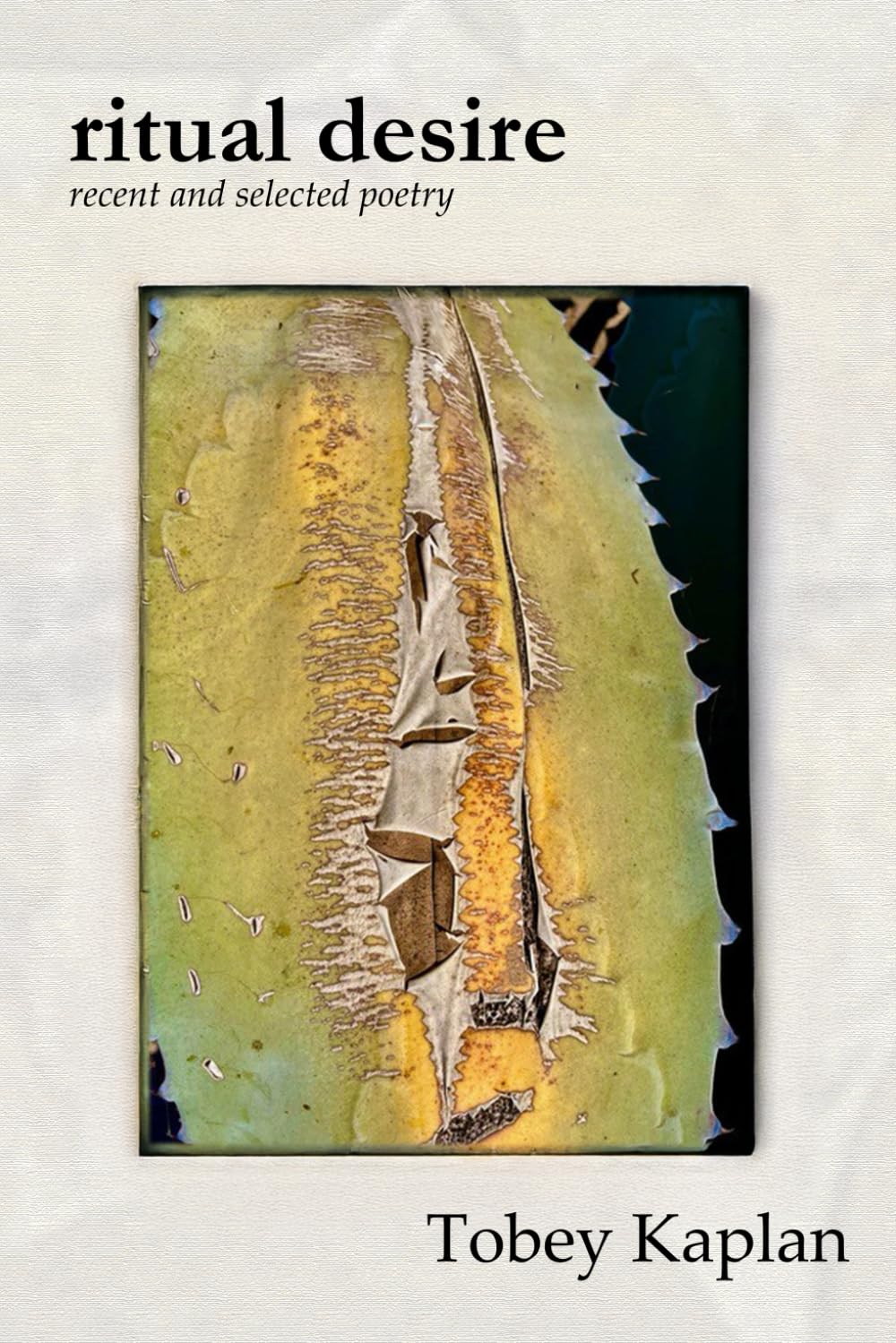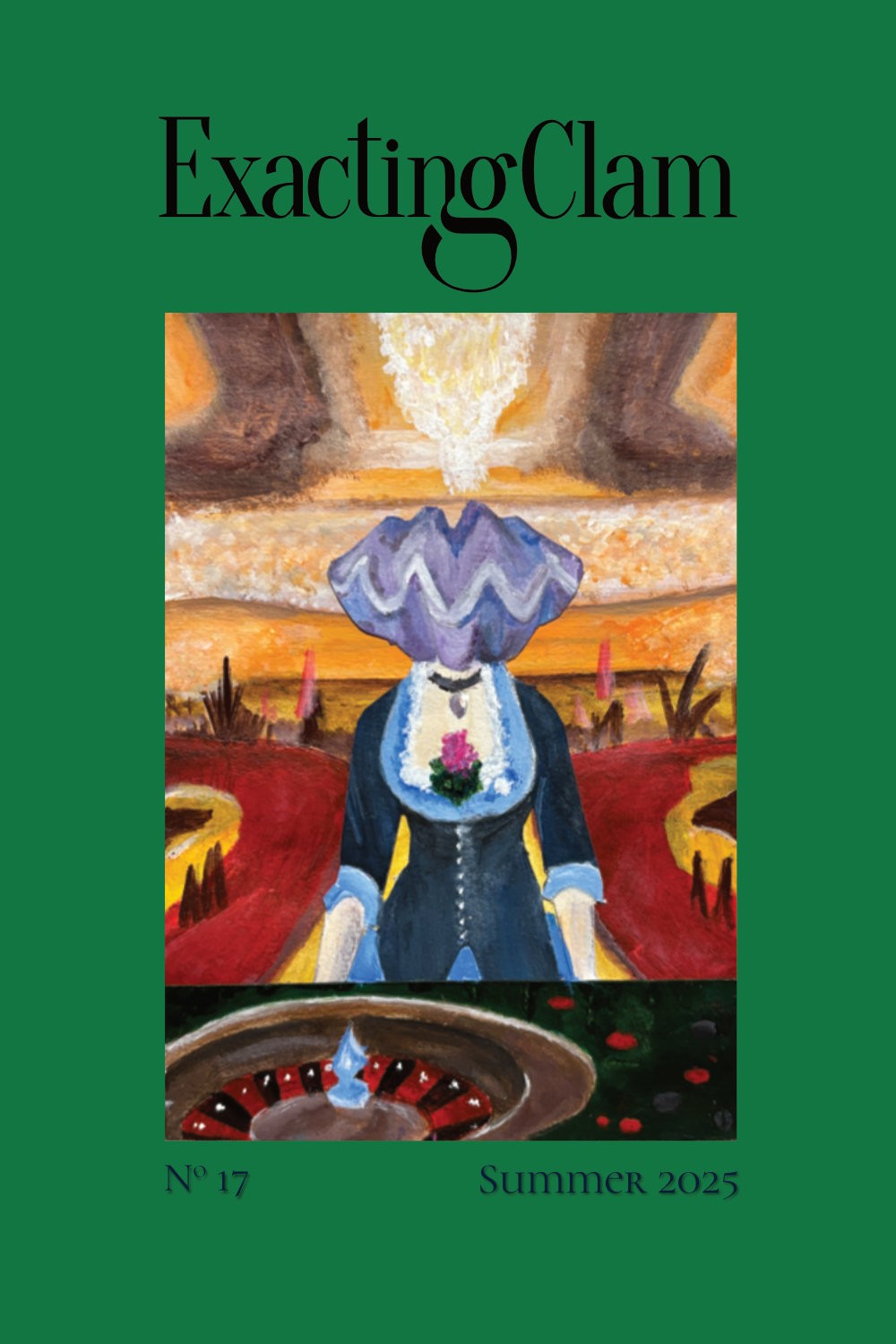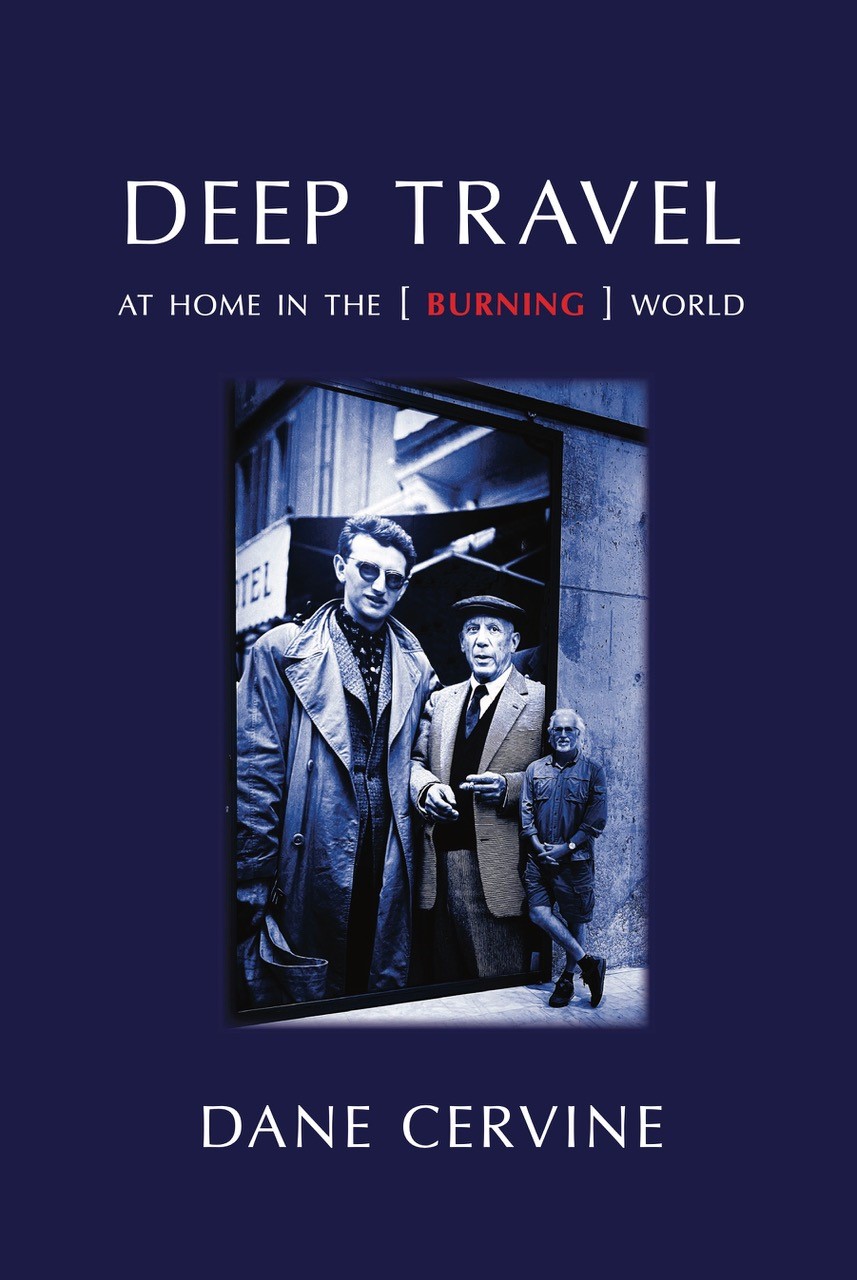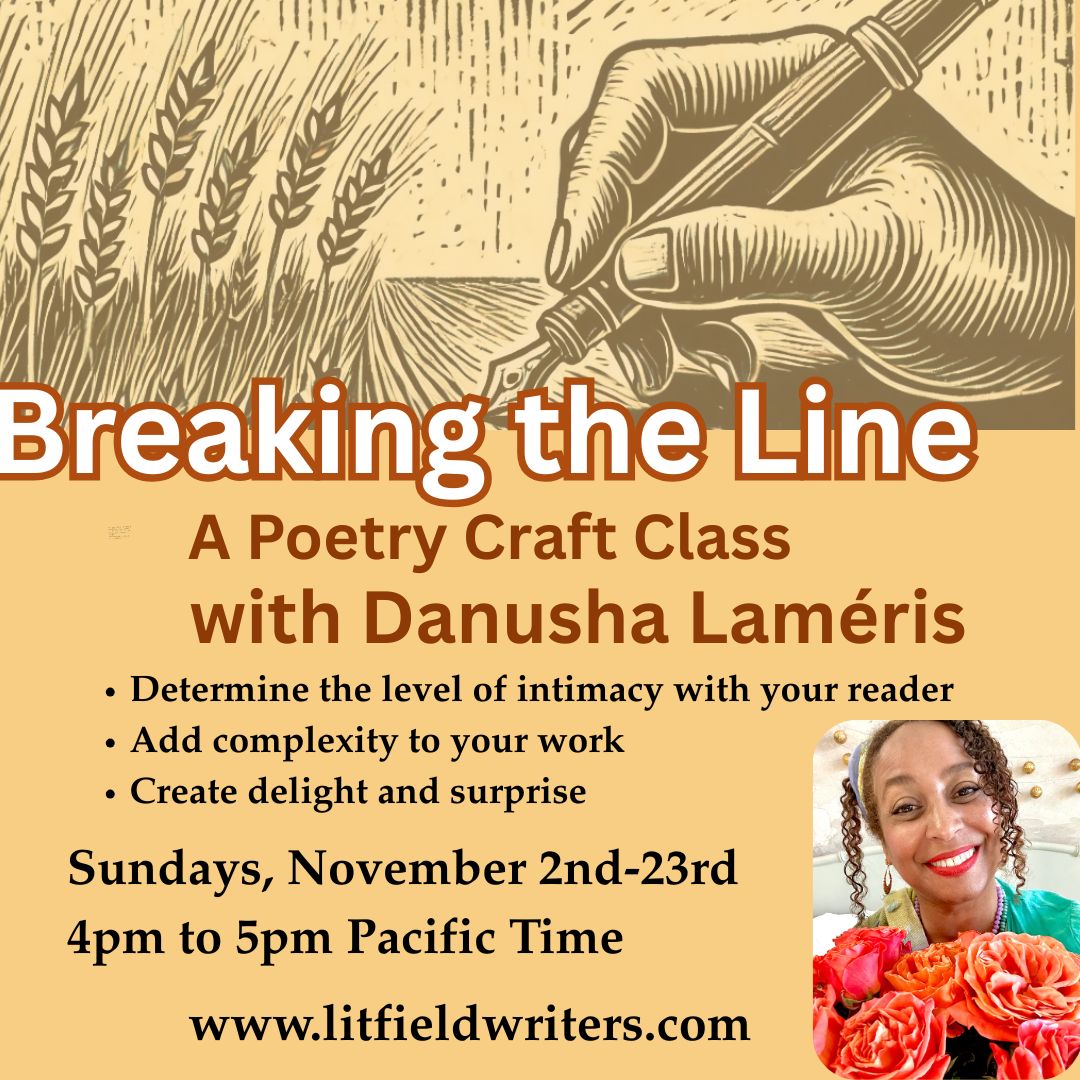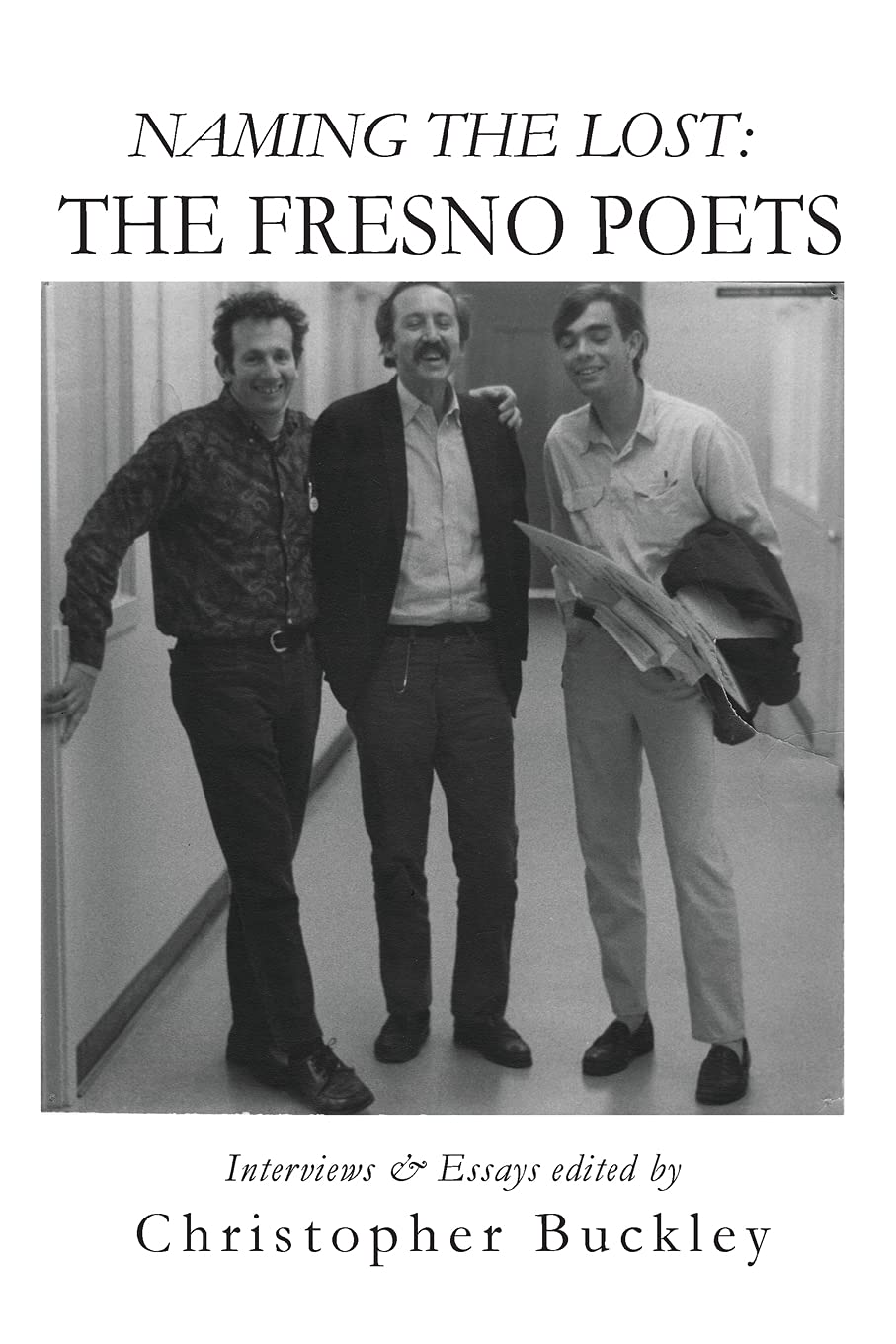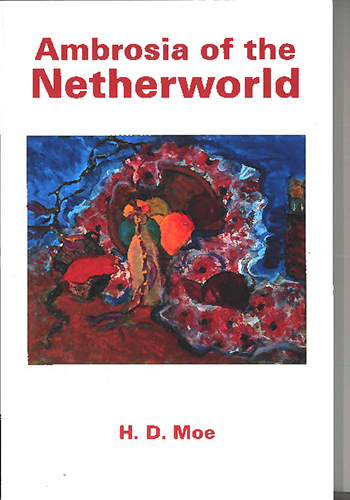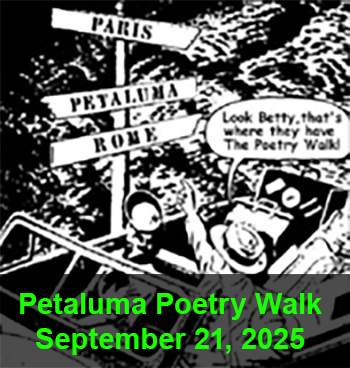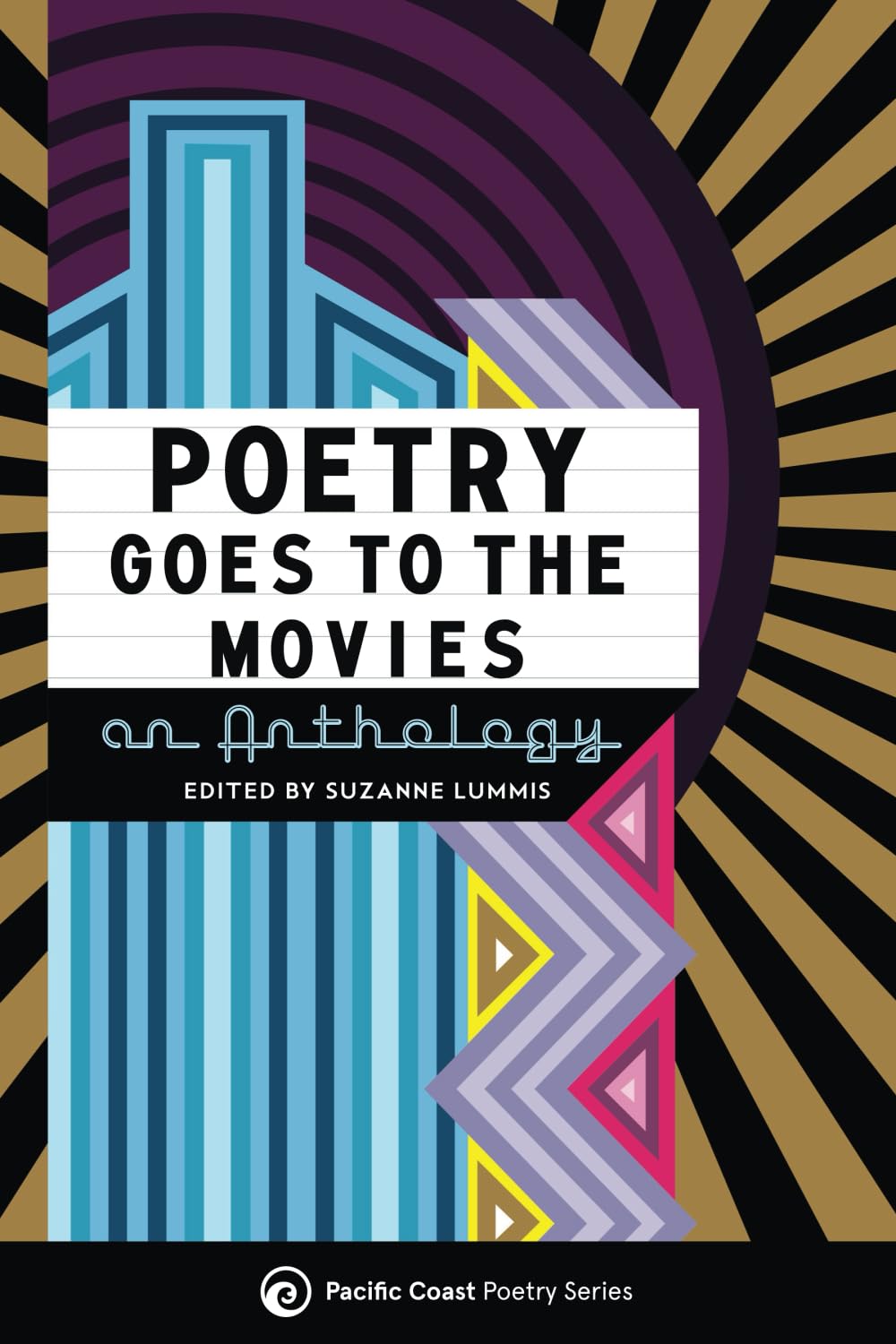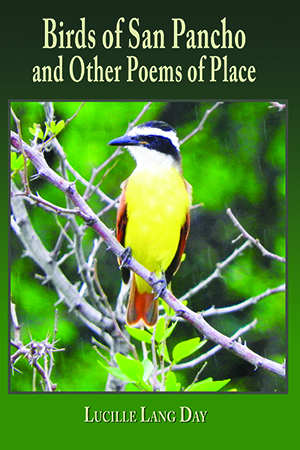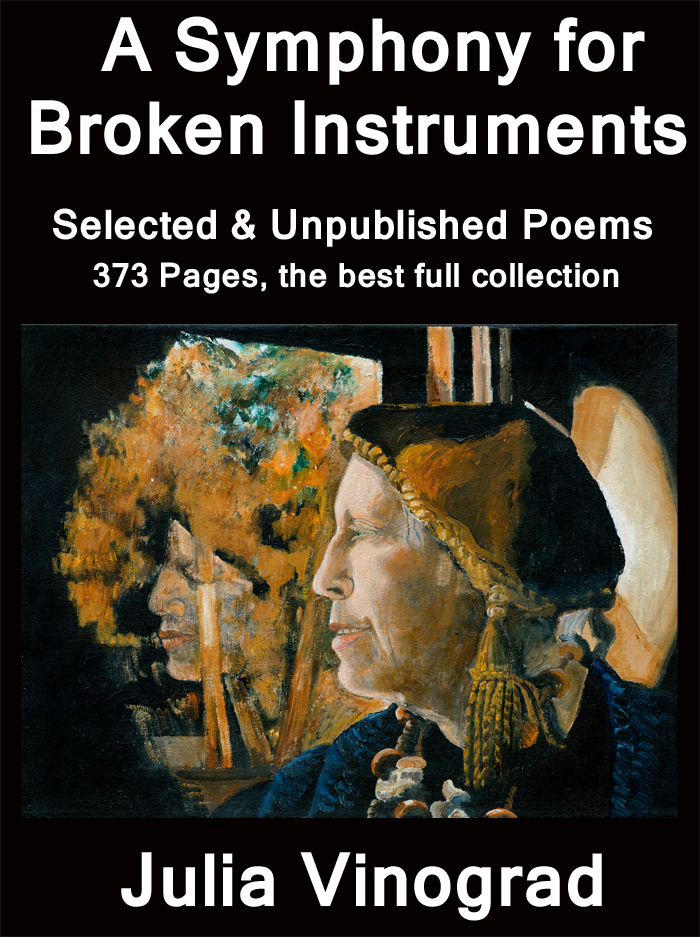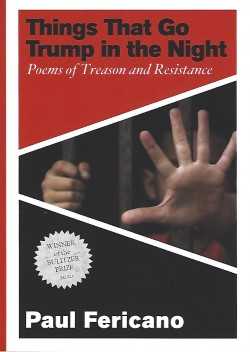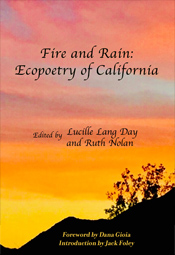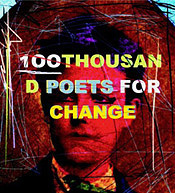
cummingsngoings
by Carl Landauer
E.E. Cummings: A Life, by Susan Cheever, Vintage Books, New York, New York, 2015, 272 pages, $16.95 paperback.
It is with roses and locomotives(not to mention acrobats Spring electricity Coney Island the 4th of July the eyes of mice and Niagara Falls)that my "poems" are competing.
SUSAN CHEEVER'S BIOGRAPHY of E.E. Cummings provides a short, sprightly account of the life of one of the twentieth-century's major poets by comparison to the doorstop-sized—if hardly doorstop in character—studies by Richard S. Kennedy, Dreams in the Mirror of 1980, and Christopher Sawyer-Lauçanno, E.E. Cummings: A Biography of 2004. Indeed, one of the delights of Cheever's book is her opening, describing her experience with her father, John Cheever, picking up Cummings in their car and driving him from a reading at her Westchester private school to his home in Greenwich Village with a stop for burgers at White Castle. All the way on the trip back to Cummings's home, he proved himself to be the "most brilliant monologist" that Malcolm Cowley claimed he ever knew. Unfortunately, Cheever does not engage Cummings's artistry even to the extent of the Kennedy or Sawyer-Lauçanno studies—and certainly not to the extent of Norman Friedman's E.E. Cummings: The Art of his Poetry with its deep, if perhaps overly structured, delve into Cummings's poetry. So Cheever may introduce a poem with the statement, "His poetry got sadder," rather than provide enlightenment about Cummings's experimentation with poetic form or the various attitudes and mindsets packed into his lines.
From all the accounts, Cummings's childhood and education were as encased in a Harvard-Cambridge cocoon as was possible. His father was the first professor of sociology appointed by Harvard and was introduced to Cummings's mother by William James, for whom she worked as an assistant. Before Cummings's birth, the couple lived across the street from the house where Longfellow had lived. Their next house, Cummings's childhood home on Irving Street, was across from the James's and surrounded by the homes of other illustrious professors. The children of the neighborhood were invited to Christmas each year to the home of Josiah Royce, who happened also to ask the adolescent Cummings whether he had read the sonnets of Dante Gabriel Rossetti. And Cummings's education bore the heavy New England, classical, and European imprint of home schooling, the Agassiz School, Cambridge Latin, and, of course, Harvard itself.
Part of the Harvard tradition was its line of homegrown rebels. Cummings, who was recruited by the older poetry magazine, the Harvard Advocate, joined the board of the more experimental Harvard Monthly, and there he became a member in a coterie that would become important to him in later years, including Scofield Thayer, who later edited the Dial in the 1920s and introduced him to Pound; S. Foster Damon, who introduced Cummings to major avant-garde artistic developments, brought him to the Armory Show when it came to Boston in 1913, and wrote an important study of Blake in 1924 (his later work, A Blake Dictionary was just republished); and John Dos Passos. Cummings gave an address at Harvard's 1915 graduation on "The New Art," in which he spoke of significant developments across the arts from Matisse, Duchamp, and Brancusi, to Satie, Stravinsky, and Schönberg, to Gertrude Stein and Amy Lowell—the adventurous cigar-smoking sister of the conservative president of Harvard. And he spoke of the combinations of advanced artistic forms in the productions of Gordon Craig and the dances of Anna Pavlova. In this atmosphere, Cummings experimented, and already at Harvard his poems involved a good deal of the innovation for which he would become famous. Cummings would turn on the houseplant environment of his native Cambridge, as he did in his famous poem that begins:
the Cambridge ladies who live in furnished souls
are unbeautiful and have comfortable minds
With the First World War progressing in Europe, Cummings joined the Norton-Harjes American Ambulance Corps founded by Richard Norton, an important archeologist and son of Harvard's Charles Eliot Norton (in his intertwined world, E.E. Cummings would deliver the 1953 version of the Charles Eliot Norton lectures). On his way to the ambulance corps, Cummings and his friend William Slater Brown (who would become a novelist and translator and, of course, a contributor to the Dial) separated from their comrades and wound up spending weeks in Paris taking in the sights—including the Folies Bergère but also the Ballets Russes and going back several times to see Stravinsky productions. And they even managed to be there for the opening night of Parade, the ballet with its score by Erik Satie, its libretto written by Jean Cocteau, its set and costume designs by Picasso, and its choreography by Sergei Diaghilev along with Léonide Massine—all while the most destructive war in history was going on and Cummings had yet to meet up with his corps. After joining the ambulance corps, Cummings was arrested by French officials as a result of letters written by Brown that raised suspicions of the French censors—and the two wound up in a French detention camp at La Ferté-Macé, mostly, it seemed, for people who were in the wrong place at the wrong time. This detention would become the source of one of the great experimental literary works of the interwar period, Cummings's The Enormous Room. Cummings would write with immense emotional expressiveness, playful language—"the dinosaur-coloured sweating walls of the dining room"—and colorful characterizations of the various inhabitants, both prisoners and guards, of the detention camp, making them into types, so they carried names like "Rockyfeller" and "Monsieur Pet-airs." And Cummings aired his cynicism, relating an "incident" that "revealed to me those unspeakable foundations upon which are builded with infinite care such at once ornate and comfortable structures as La Gloire and Le Patriotisme."
Cummings spent most of the 1920s—indeed the rest of his life—in Greenwich Village, living in various rooms in Patchin Place cul-de-sac off 10th Street. His life seemed to be an endless set of gatherings with literary and artistic lights, not only those of the Dial crowd, which would include Marianne Moore, but also close friendships with William Carlos Williams, Hart Crane, Malcolm Cowley, Archibald MacLeish, and Ford Madox Ford. Sawyer-Lauçanno tells of a series of poetry readings organized by Williams and Ford, a group called "Les Amis de William Carlos Williams," which included Sherwood Anderson, MacLeish, Henry Miller, Marianne Moore, Katherine Anne Porter, Ezra Pound, Alfred Stieglitz and Louis Zukofsky. Cummings was at Harvard the night he was supposed to read his own work, so Williams read for him. And Cummings would spend time with significant figures in his trips to Paris, such as the Surrealist Louis Aragon.
Cummings was clearly a charter member of the interlocking directorate of the major figures of modernism. And yet, the question of Cummings's reputation as a major poet comes up time and again. Susan Cheever—and she is not alone—points to Cummings's self-published poems, No Thanks, dedicated to the fourteen publishing houses that rejected the poems. For her, the turn-around comes soon after with the Collected Poems published by Random House in 1938, which she describes as "the beginning of Cummings's career as a major American poet, a metamorphosis from his previous incarnation as a precocious bad boy." But she also sees Cummings's star falling again, in part, she thinks because of the increasingly rightward move of his politics, which started when the admirer of the Communist cause was deeply disaffected by his visit to the Soviet Union, a visit begun under the guidance of an insufferable Henry Wadsworth Longfellow Dana—a name one would think he made up—a disaffection he memorialized in his book, Eimi. In this, Cheever compares the fate of Cummings to that of Pound. About Pound, she wrote: "History has pushed this man to the sidelines, unable to tolerate his treachery." Never mind that Pound stands astride twentieth-century poetry, so that Marjorie Perloff could start her Dance of the Intellect with a chapter entitled "Pound/Stevens: whose era?" And the Beats, deeply indebted to Pound, tried to make their way to St. Elizabeth's to see the great man. It's hard to imagine many thinking history has pushed him to the sidelines.
But Cummings is not Pound, and his case is a fascinating war between admirers and detractors. Of course, all his friends would come to his aid, often writing reviews of his publications with small print runs. And the Festschrift¬-style special "Cummings number" of the Harvard Wake in 1946 included contributions from Conrad Aiken, Jacques Barzun, John Dos Passos, Harry Levin, Marianne Moore, Fairfield Porter (on Cummings's visual art), Paul Rosenfeld, Karl Shapiro, Wallace Stevens, Allen Tate, Lionel Trilling, Mark van Doren, and William Carlos Williams. Most of the contributors were Cummings's friends, but by any count this is an impressive roster of literary luminaries. It was also none other than T.E. Lawrence and Robert Graves who worked to get The Enormous Room published in the United Kingdom, and Graves and Laura Riding's A Survey of Modernist Poetry in 1927 features Cummings and even has a chapter entitled, "William Shakespeare and E.E. Cummings: A Study of Original Punctuation and Spelling." Still, Cummings always had his detractors. One of the great curiosities of Cummings scholarship is Norman Friedman's decision to organize the bibliography of E.E. Cummings: The Art of His Poetry, not only by setting out each decade but by splitting each of those into three categories: "Favorable," "Mixed," and "Unfavorable." That is, without question, a dramatic observation of Cummings's standing among academics and literary critics. Helen Vendler talks flippantly of Cummings's "great aborted talent." R.P. Blackmur wrote at length criticizing Cummings. He just can't see Cummings value so that he asserts: "Mr. Cummings is not here overworking the individual words, but by heaping so many of them together he destroys their individuality." And Blackmur obser ves Cummings substituting "for the direct statement a rather indirect image combining three unusually sensed words for the sake of the thrill the special combination might afford." Apparently, Cummings is for facile pleasures rather than an understanding of meaning with any depth. But what is interesting about Blackmur's slur is how many pages he devotes to Cummings. Similarly, Louis Untermeyer—despite his negative comments on Cummings—could not help but to include nine Cummings poems both in his 1936 edition of Modern American Poetry and in the 1942 edition of his combined Modern American Poetry/Modern British Poetry. There is little question that Cummings presented a challenge that had to be answered.
There is, in the criticism, a sense of E.E. Cummings as the ingenious trickster. But, as Norman Friedman noted, Cummings was an "extraordinary painstaking craftsman." If anything, he was obsessive. As Friedman tells us, Cummings often wrote one hundred or two hundred drafts of a poem, and he spends an entire chapter analyzing seventy-five typescripts—he couldn't quite read the one hundred handwritten drafts—of "rosetree,rosetree." And as much as Cummings's poems have a superficial visual similarity, with all those spatial moves on the page and his famous use of the lowercase, his poems vary tremendously. Cummings runs the range of the deeply romantic, sometimes hackneyed, sublime to the crass with so many poems devoted to the often inhuman flesh and body parts of prostitutes. He is famous for his play with grammar, syntax, punctuation, spelling, and everything else that goes into the language, the traditions, and the trajectories of poetry. Richard Kennedy makes a single, brief mention of Cubism in his biography, but I would suggest that Cummings—with his deep involvement as a visual artist in post-impressionism, Cubism, and Vorticism—translated the fragmenting and changing angles of the visual arts in his poetry. In addition to the impact of Pound's "The Return," the language experiments of Gertrude Stein, and the word play of James Joyce (he denied any influence from Apollinaire's calligrammes, which at any rate were figurative in shape like words in the shape of a cello or the Eiffel Tower), a cross-over of the Cubist sensibility into language likely influenced his poetry. Synaesthesia—equating of the impact of the different senses—has long been understood as important to Cummings. Thus, some of his early exhibited canvases came under titles like "Sound Number 5" and "Noise Number 5." And his poetry and prose so often blended the senses. He could talk about "squirms of chrome" and "strides of cobalt" in a poem that ends: "Hereupon helpless i utter lilac shrieks and scarlet bellowings." He would end a poem with "an orchid whose velocity is sculptural," and in a poem starting with Picasso, he wrote:
Something gushes vaguely a squeak of planes
or
between the squeals of
Nothing grabbed with circular shrieking tightness
solid screams whisper.)
Much has been made of Cummings's visual representation of experience, as he did in his famous grasshopper poem with the alteration of upper and lower case capturing the coiling spring of the grasshopper, as he did with falling leaves and snow. Similarly, he would capture the ocean's "wh e e saysthesea-brE aking-b Re akin g(brea )K ing" and, in an urban setting, "beggars yaw :nstretchy :awn)." His poetry largely represents an effort to take the experiences of reality—whether external or internal—and recreate them using a wide range of techniques that he developed and reshuffled over the decades. It is his imaginative recasting of experience within the four corners of a page that makes Cummings so important a poet.
At the same time, Cummings also articulated his personal ideology through his poetry, one in which the individual took on a deadened society. The introduction of his Collected Poems in 1938 began in the tone of a manifesto: "The poems to come are for you and me and are not for mostpeople." He went on: "Life,for mostpeople, simply isn't. Take the socalled standardofliving. What do mostpeople mean by 'living'?" He took on commercialism, particularly using advertising lines as attack lines. In one poem he rolls out a range of advertising fragments into his attack on American society:
you,land of Cluett
Shirt Boston Garter and Spearmint
Girl With The Wrigley Eyes(of you
land of the Arrow Ide
And Earl &
Wilson
Collars)of you i
Sing:landof Abraham Lincoln and Lydia E. Pinkham,
land above all of Just Add Hot Water And Serve—
From every B.V.D
let freedom ring
As in the introduction to his Collected Poems, Cummings's is a Manichean, sharply divided world: the genuine individual against an inauthentic mass society. So in a poem in his 1950 Xaipe, this split is between the genuine "dying" vs. the inauthentic "Death":
begin to feel of it, dying
's miraculous
why?be
cause dying is
perfectly natural;perfectly
putting
it mildly lively(but
Death
is strictly
scientific
& artificial&
evil & legal)
we thank thee
god
almighty for dying
(forgive us,o life!the sin of Death
Cummings created his own vocabulary for this Manichean split, creating a divided world with his knife-sharpener sharpening "is to am." To set off the two worlds, he would make repeated use of "un" as in "manunkind." And he would set off the language of mostpeople with use of "quote…unquote" surrounding a word, such as the "quote and unquote loss/ of liberty my dears—." In his blasts at commercial society, Cummings goes to his least subtle extreme, so he would speak of "a salesman is an it that stinks," "Huge this collective pseudobeast," and "Progress is a comfortable disease," often using the uppercase for the collective mindset against which he was railing. Of course, Cummings's libertarian anarchism was of a rightward bent, so he would use it against Roosevelt and Roosevelt's memory. With his hatred of the Soviet Union, he wrote a powerful poem against the inaction of the United States in the Soviet clamping down on Hungary in 1956, "Thanksgiving," in which he talks about the "voice-with-a-smile of democracy" and ends with:
let's all be as thankful as hell
and bury the statue of liberty
(because it begins to smell)
Cummings was also full of private prejudices and hatreds. Despite his frowning on Pound's "gargling anti-Semitism from morning till morning" when he visited the Cummings home, he was full of his own anti-Semitic rancor and was not dissuaded from including "a kike is the most dangerous/ machine as yet invented" from his 1950 Xaipe collection. He would similarly show scorn for the homosexuality of Auden's crowd. As subtle, beautiful, and imaginative as Cummings could be, he could split the world into facile halves.
Cummings is known for the visual impact of his poems and early he asserted: "The day of the spoken lyric is past. The poem which has at last taken its place does not sing itself; it builds itself, three dimensionally, gradually, subtly, in the consciousness of the experiencer." But Cummings was also a translator of dialects, including the sounds he heard in the New York streets. He would famously mimic the sound of tough guys and, in his mcsorley's poem, the sense of the swirling, drunken atmosphere: "the Bar.tinking luscious jigs dint of ripe silver with warm-lyish wetflat splurging smells waltz the glush of squirting taps plus slush." Of his readings, Susan Cheever wrote that Cummings "did all the voices, and he seemed to become the characters he had written as he read—his enjoyment of the work and the audience was easy to see." But, out of the various characters and dialects, "[h]is voice—aristocratic, reassuring, and yet somehow filled with the wonder of childhood—was electrifying." Interestingly, however, recordings of his readings exhibit not so much an aristocratic voice as one with an exaggerated over-enunciation. As in his 1959 YM-YWHA Poetry Center reading, which can be found online, he would not rush through a single of his carefully chosen syllables as one might in natural speech. Finally, the poetry as sound was not merely speech. It went beyond that to some art form Cummings was trying to reach. ![]()
Carl Landauer is a corporate and securities lawyer who taught history at Yale, Stanford, and McGill Universities. He has written for Beat Scene: "Before the Beat Hotel: The Merlin Magazine Crowd in Fifties Paris" and "Gesamtkunstwerk in a Vitrine: Robert Duncan, Jess, and Friends," and for Confrontation: "Open Eye, Open Palette: The Art of Lawrence Ferlinghetti," with Susan Landauer. He serves on the Poetry Flash board.
— posted August 2016











































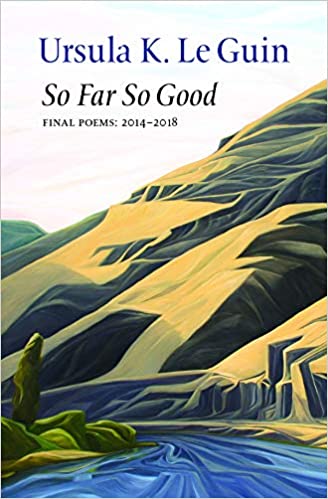 So Far So Good: Final Poems, 2014-2018
So Far So Good: Final Poems, 2014-2018 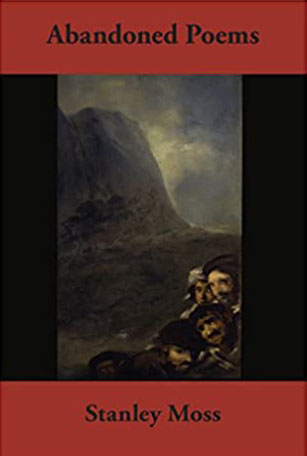 Abandoned Poems
Abandoned Poems 















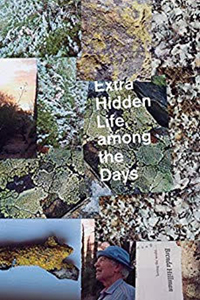 Mississippi
Mississippi 


















































